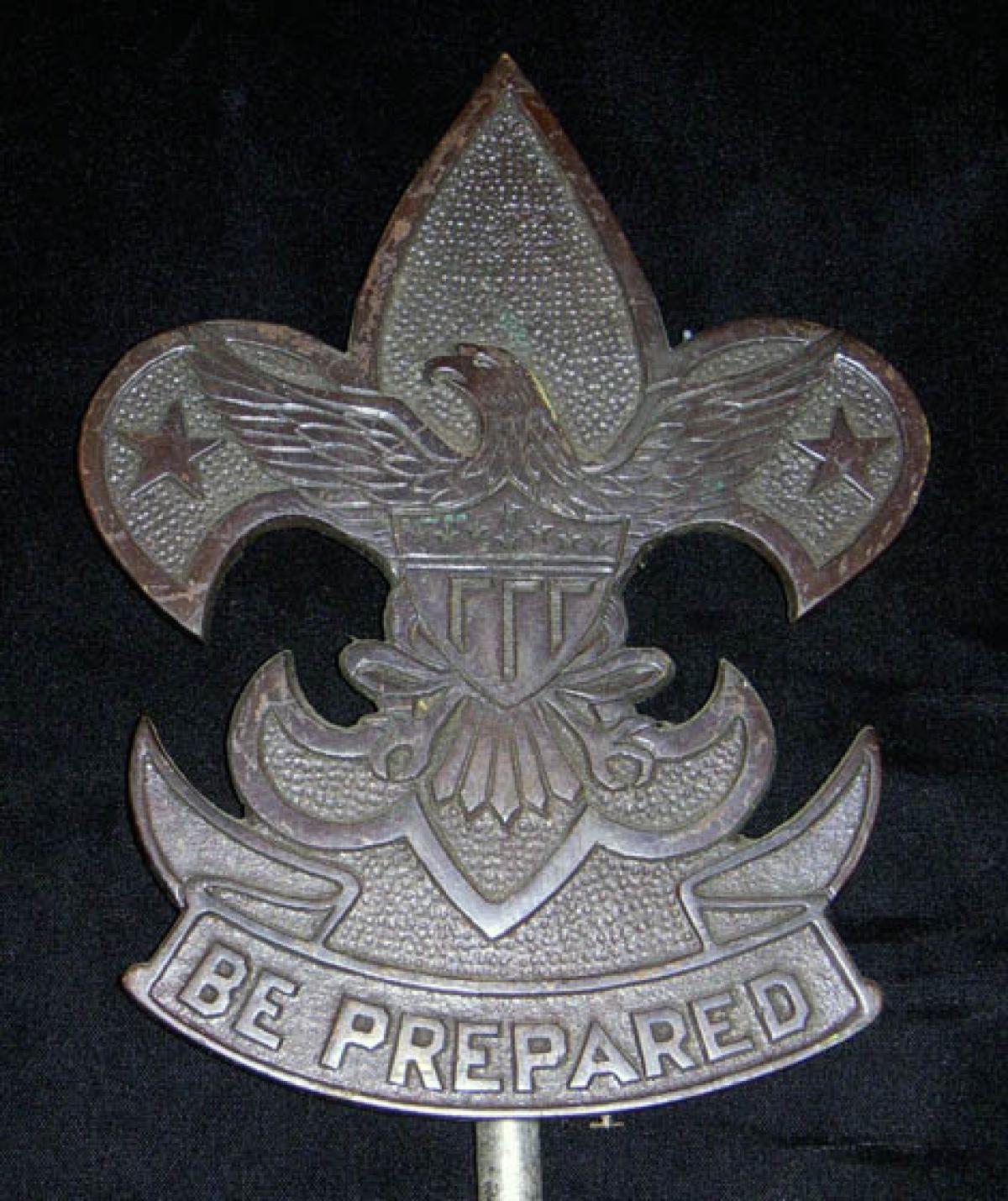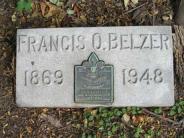- Our Community
- Community Overview City History Community Demographics Chamber of Commerce Events and Activities City Calendar City Parks On-Line Store Cemeteries Local Weather Photo Gallery
- Library School District Public Safety Emergency Management Police Fire ADA Compliance Americans with Disabilities Wall of Honor Wall of Honor
- Grove Regional Airport Grand Lake Association INTEGRIS Grove Hospital Har-Ber Village Lendonwood Garden Playmakers Theatre Cayuga Mission
- Doing Business
- Welcome Visitors
- Grand Lake Association Grove Area Chamber of Commerce Grove Regional Airport Playmakers Theatre
- Cayuga Mission Grand Lake Queen Har-Ber Village Lendonwood Garden Starbirds National Rod Custom Car Hall of Fame Grand River Dam Authority (GRDA)
- On-line Store Photo Gallery Events Where to Eat Where to Stay Where to Park in Downtown Grove Wolf Creek Park & Boating Facility
- Inside City Hall
- Contact City Hall Staff Directory Submit a Complaint or Comment City Code Comprehensive Plan Jobs - Equal Opportunity Employer Non-Discrimination Download Employment Application Submit Employment Application
- Agendas and Minutes City Council Boards and Committees Convention and Tourism Bureau Economic Development Authority Municipal Airport Authority Municipal Service Authority Planning and Zoning Board Zoning Board of Adjustments ADA Compliance Americans with Disabilities
- Departments Administration Airport Buildings and Grounds Community Development Economic Development Finance Fire Emergency Management Municipal Court Police Public Works Utility Services
- Helpful Resources
- Alerts and Notifications Email Subscriptions Events and Meetings Agendas and Minutes City Calendar In the News City News
- Contact the City Staff Directory Submit a Request or Concern Code Red Code Red Login Documents and Forms Documents and Reports Forms, Permits and Applications Maps
- Social Media City of Grove on Facebook Wolf Creek Park on Facebook Grove Animal Control on Facebook Frequently Asked Questions Frequently Used Numbers Helpful Links
Eagle and Shield on Fleur-de-lis (Boy Scouts of America)

BOY SCOUTS OF AMERICA - The Boy Scouts of America (BSA) was inspired by and modeled on the Boy Scout Association, established by Baden-Powell in Britain in 1908. In the early 1900s, several youth organizations were active, and many became part of the BSA.
W. D. Boyce was an American newspaper man and entrepreneur. According to legend, he was lost on a foggy street in London when an unknown Scout came to his aid, guiding him back to his destination. The boy then refused Boyce's tip, explaining that he was merely doing his duty as a Boy Scout. Immediately afterwards, Boyce met with General Robert Baden-Powell, who was the head of the Boy Scout Association at that time. Boyce returned to America, and, four months later, founded the Boy Scouts of America. This version of the legend has been printed in numerous BSA handbooks and magazines. There are several variations of this legend, such as one that claims he knew about Scouting ahead of time.
In actuality, Boyce stopped in London en route to a safari in British East Africa. It is true that an unknown Scout helped him and refused a tip. But this Scout only helped him cross a street to a hotel, did not take him to the Scout headquarters, and Boyce never met Baden-Powell. Upon Boyce's request, the unknown Scout did give him the address of the Scout headquarters, where Boyce went on his own and picked up information about the group. Weather reports show that London had no fog that day. Boyce returned to London after his safari and visited the Scout headquarters again and gained the use of Scouting for Boys in the development of a US Scouting program. This and other elements of the legend were promoted by James E. West in 1915 to help build up Boyce as the true founder of the BSA in order to defuse an escalating conflict between Daniel Carter Beard and Ernest Thompson Seton over who should be considered the founder of the BSA. Elements of this story, including the fog, may have been borrowed from a story concerning the Rhode Island Boy Scouts.
Scouting comes to the U.S. -Boyce returned to the United States and with Edward S. Stewart and Stanley D. Willis he incorporated the Boy Scouts of America on February 8, 1910 and applied for a congressional charter. The bill was tied up with a charter for the Rockefeller Foundation and Boyce withdrew it after many delays. Around this time, William Randolph Hearst, a rival newspaperman, formed the American Boy Scouts (ABS), a group that lasted through 1918. Between business and travel, Boyce did not spend much time on the new organization. Edgar M. Robinson, a senior administrator of the YMCA in New York City, learned of the new Boy Scout program and traveled to Chicago where he agreed to help Boyce organize the Boy Scouts as a national organization. Boyce pledged $1000 a month for a year to support the program– but reports indicate only three or four payments were actually made. Robinson returned to New York to begin the search for members. After a series of meetings in early 1910, the Woodcraft Indians led by Ernest Thompson Seton, the Boy Scouts of the United States headed by Colonel Peter Bomus and the National Scouts of America headed by Colonel William Verbeck were absorbed into the BSA.[6] The National Highway Patrol Association Scouts headed by Colonel E. S. Cornell and the Boy Pioneers (formerly known as the Sons of Daniel Boone) headed by Daniel Carter Beard were folded. The BSA National Office opened in the 28th Street YMCA in New York City on June 1, 1910. The first managing secretary (the precursor to the Chief Scout Executive) was John Alexander, a YMCA administrator from Philadelphia, Pennsylvania. By autumn BSA had 2,500 leader applications from 44 states and 150,900 youth inquiries.
Click any thumbnail image to view a slideshow

